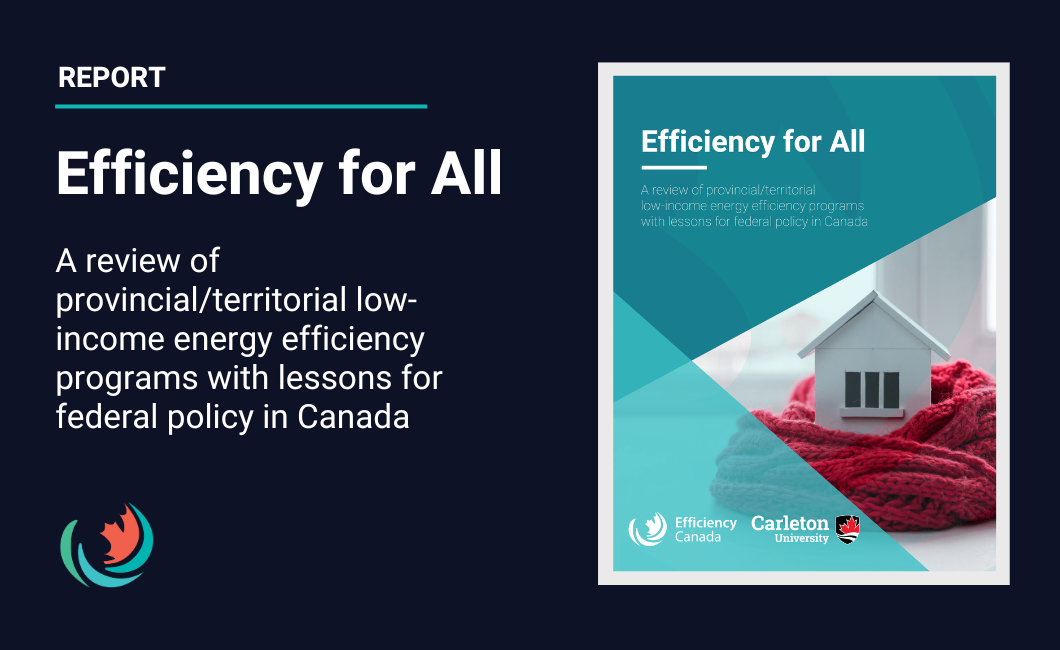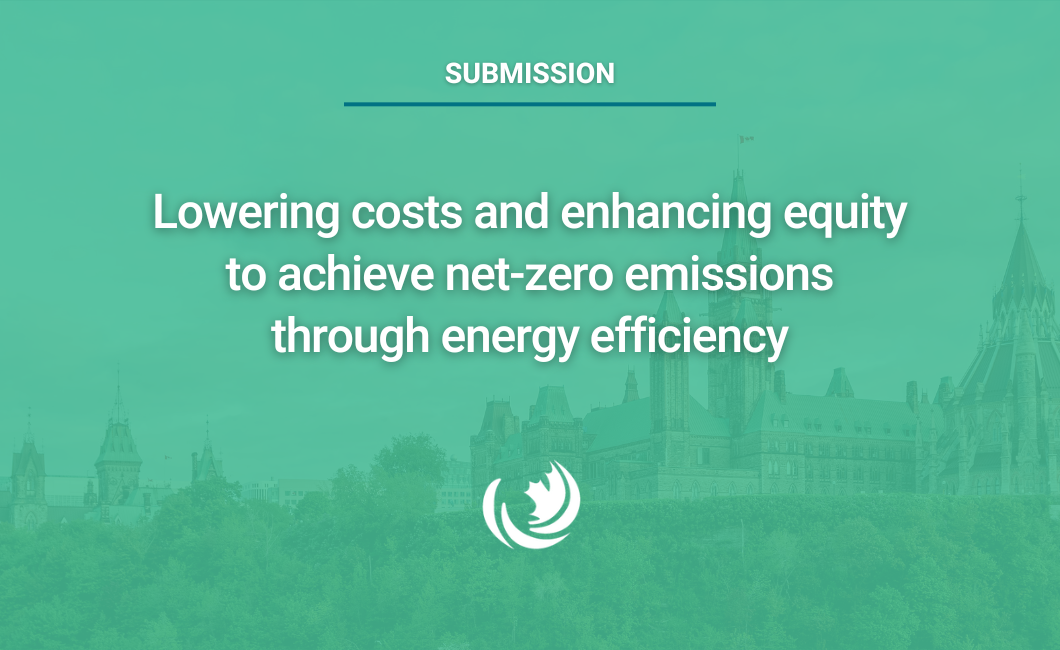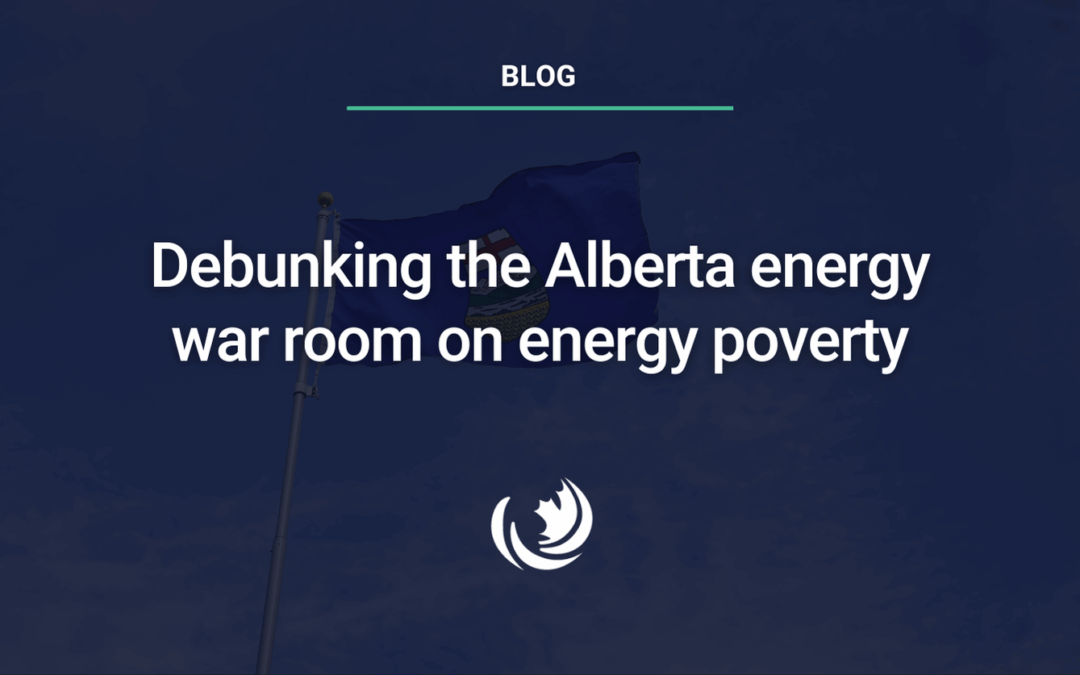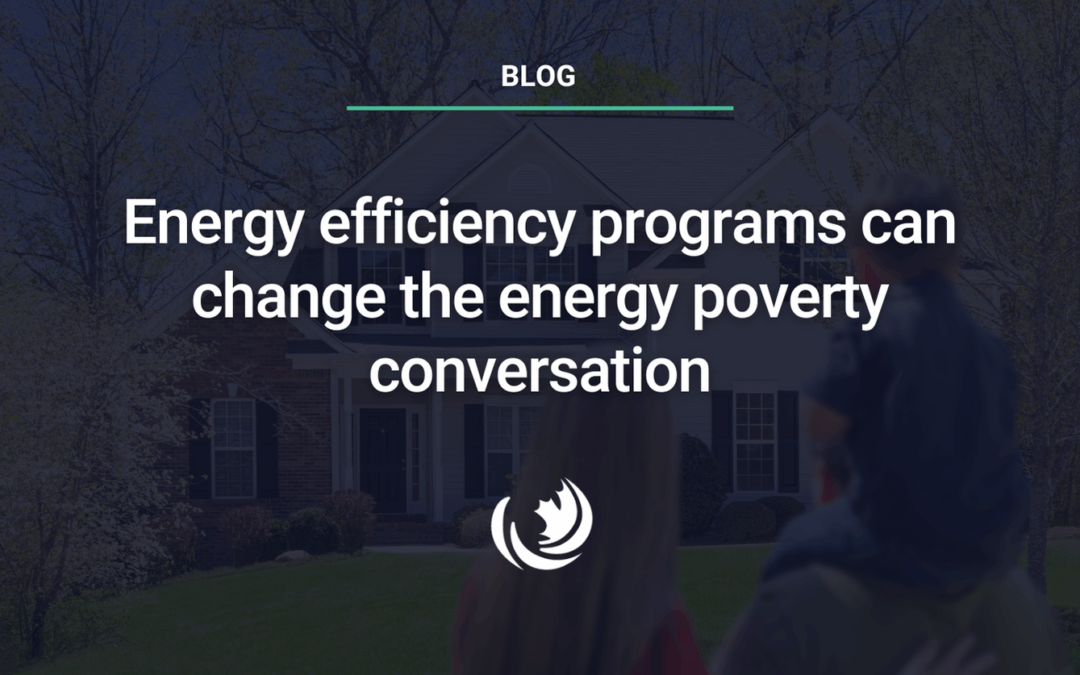
Efficiency for All
This report shows how federal investment in existing low-income energy efficiency programs can help achieve net-zero emissions and reduce energy poverty. Authored by Abhilash Kantamneni and Brendan Haley.

This report shows how federal investment in existing low-income energy efficiency programs can help achieve net-zero emissions and reduce energy poverty. Authored by Abhilash Kantamneni and Brendan Haley.

To achieve net-zero emission goals, this budget must strategically dedicate resources to prepare for a significant scale-up in energy efficiency. Canada lags other nations in the efficient use of energy resources. A recent International Energy Agency analysis showed that Canada has the highest energy intensity measured by total final consumption per unit of GDP amongst all member countries. However, this suggests there is significant potential to cut energy costs, improve productivity, and reduce emissions.

This blog responds to a Canada Energy Centre brief blaming sustainable energy for energy poverty.

Energy poverty is frequently blamed on carbon pricing and renewable energy transitions in the media, while the academic literature presents a more diverse picture that also includes the proliferation of inefficient buildings, rising income inequality and a lack of grid access as contributors
Sign-up to get the latest in energy efficiency news!